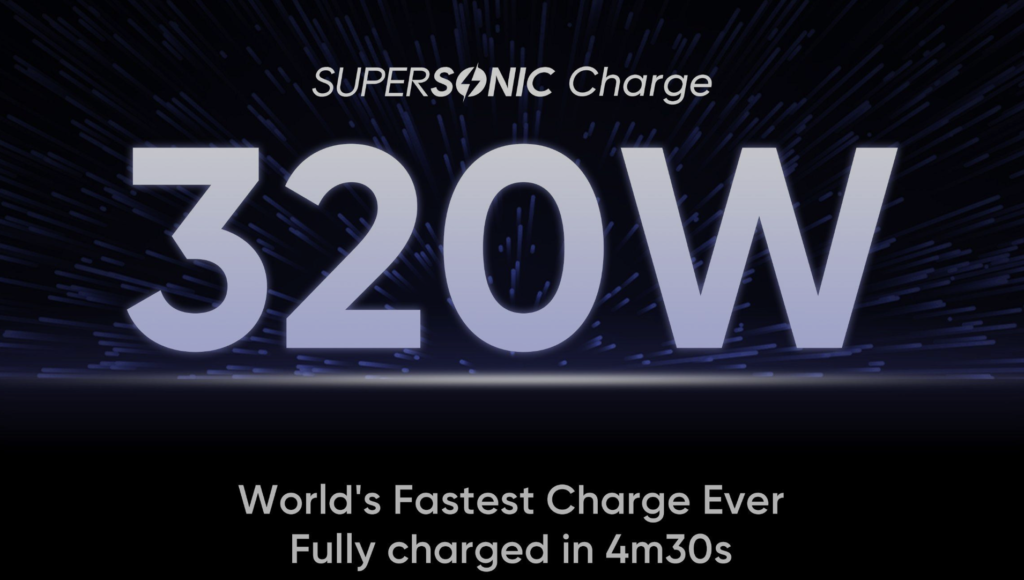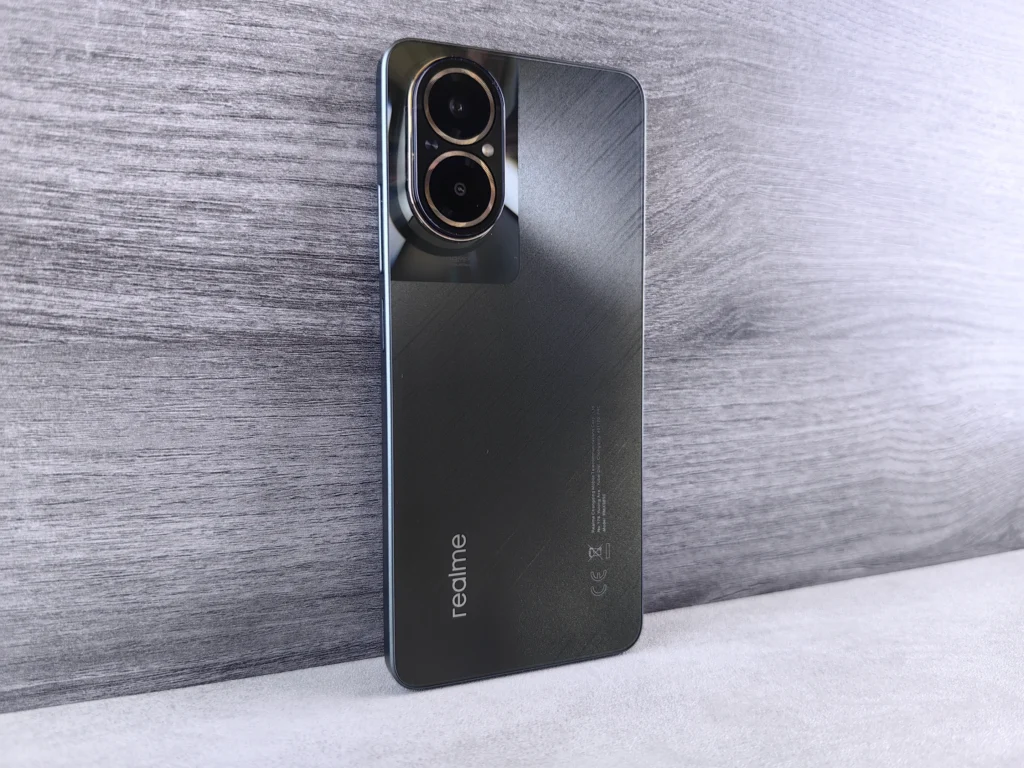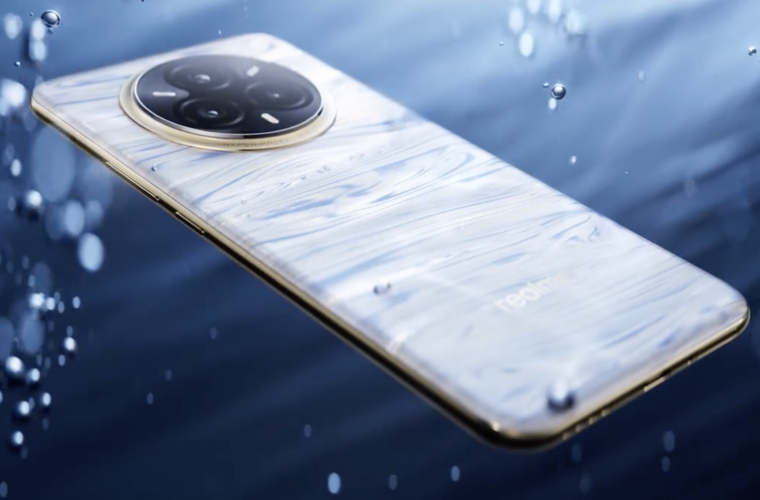‘The 4-minute miracle‘. This is how Realme has dubbed its latest innovation in the field of fast smartphone battery charging. The 320W SuperSonic Charge system, which the Chinese company presented by setting a record: it takes 4 minutes and 30 seconds to complete charging the battery. It’s time for coffee, a bathroom break or listening to a favourite song, and the phone has already filled up with smartphone energy. An obvious convenience in times when the day is packed with activities, and we are always on the move.
To reach this milestone, the company, part of the BBK Technologies group (which also owns Oppo, OnePlus, and Vivo), has been researching and developing for over two years. After many tests, it has found the technologies needed to turbocharge the charging system.
How Realme came to the record
0 The first concerns the battery, which is, for the first time, collapsible. Equipped with four cells, each less than 3 millimetres thick and charged simultaneously, it is a 4,420mAh battery inspired by foldable phones, providing a 10% increase in capacity over traditional designs. The separation into four individual cells allows the high power of 320W charging to be handled smoothly.
The second element is the AirGap voltage transformer, a first in this market segment developed to enable advanced contactless electromagnetic conversion for smartphones. This is a way of achieving the desired result and maintaining maximum safety. In the event of a failure, it manages to isolate the high voltage of the battery. It also has a super-compact size and a voltage of 20V. According to Realm, the 320W SuperSonic Charge has an energy efficiency of 98%.
The third factor is the Pocket Cannon charger, whose name derives from the amount of power it can handle. It has a power density of 3.3W per cubic centimetre, and despite being similar in size to the 240W Realme charger, it offers superior performance. It has two USB-C outputs for simultaneous charging of 150W for Realme smartphones and 65W for compatible laptops and supports UFCS charging protocols up to 320Q, PD, and SuperVOOC.



The race for battery charging
It is unclear which smartphone will be the first to sport the new fast charging system, which marks a major breakthrough for Realme. With 320W, the Shenzhen company has raised the bar again, already pushed forward in early 2023 with the launch of a 240W charging system. The latter takes 9 minutes and 30 seconds to charge the Realme GT3 phone, while SuperSonic Charge does much better: in 60 seconds, it recharges the smartphone battery by 26%; in less than 120 seconds, it reaches 50%, and in 270 seconds the charge is complete. With these times, the latest arrival is better than Xiaomi’s 300W charging system, which was unveiled in recent months and has yet to arrive on the market.
The limit of the battery charging race
Beyond the astonishment that such short times can generate, the race for faster charging should be looked at from different perspectives. Because while there is no doubt that a handful of minutes to get a full battery is an advantage, it should not be forgotten that, from the consumers’ perspective, all fast charging systems have the same limitation. As they are based on proprietary technologies, they require specific chargers, and most of their power is increasingly no longer included in the product package.
Without buying it separately, therefore, the innovation is there but remains only on paper. If one buys the charger, on the other hand, multiplying the action for millions of users nullifies the effect of the European directive on the universal charger, aimed at reducing the amount of electronic waste.



